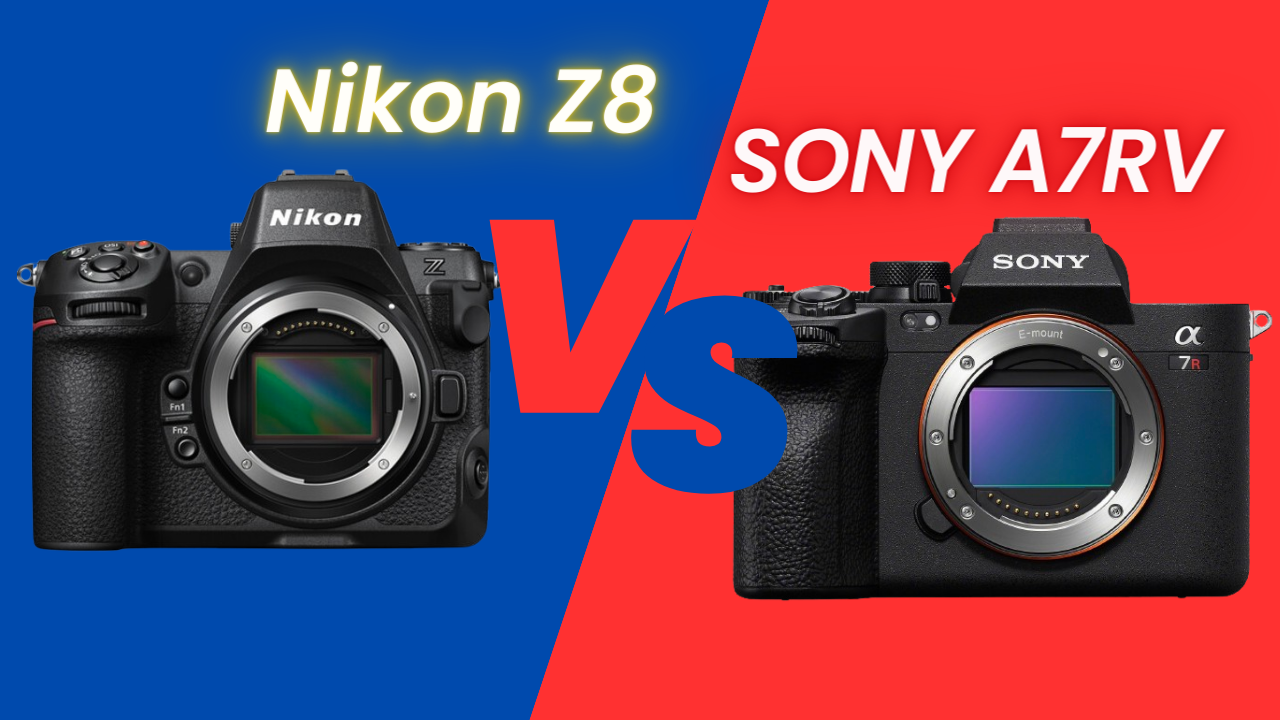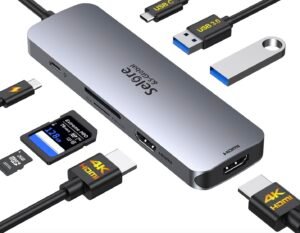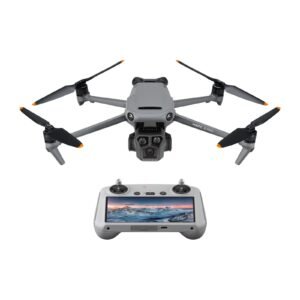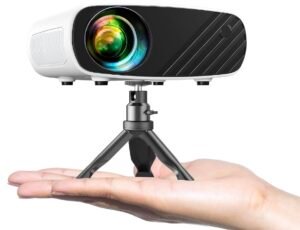In the current full-frame mirrorless camera market, Nikon Z8 vs Sony A4RV, they are flagship and popular models of their respective brands, and the price is also comparable. Therefore, for professional photographers and photography enthusiasts, choosing which to buy is indeed very difficult. Below I will make in-depth comparative analysis from multiple dimensions of picture quality, focusing performance, continuous shooting speed, video shooting, durability and reliability, and portability.
Table of Contents
Picture Quality
The Sony A7RV is equipped with a 61 megapixel Exmor R CMOS sensor, coupled with the BIONZ XR image processor, providing extremely high detail capture capability. This camera is especially suitable for photographers who need to do large format printing or fine cutting. The A7RV’s AI chip has enhanced the ability to recognize various subjects and human poses, which has played a key role in improving picture quality.
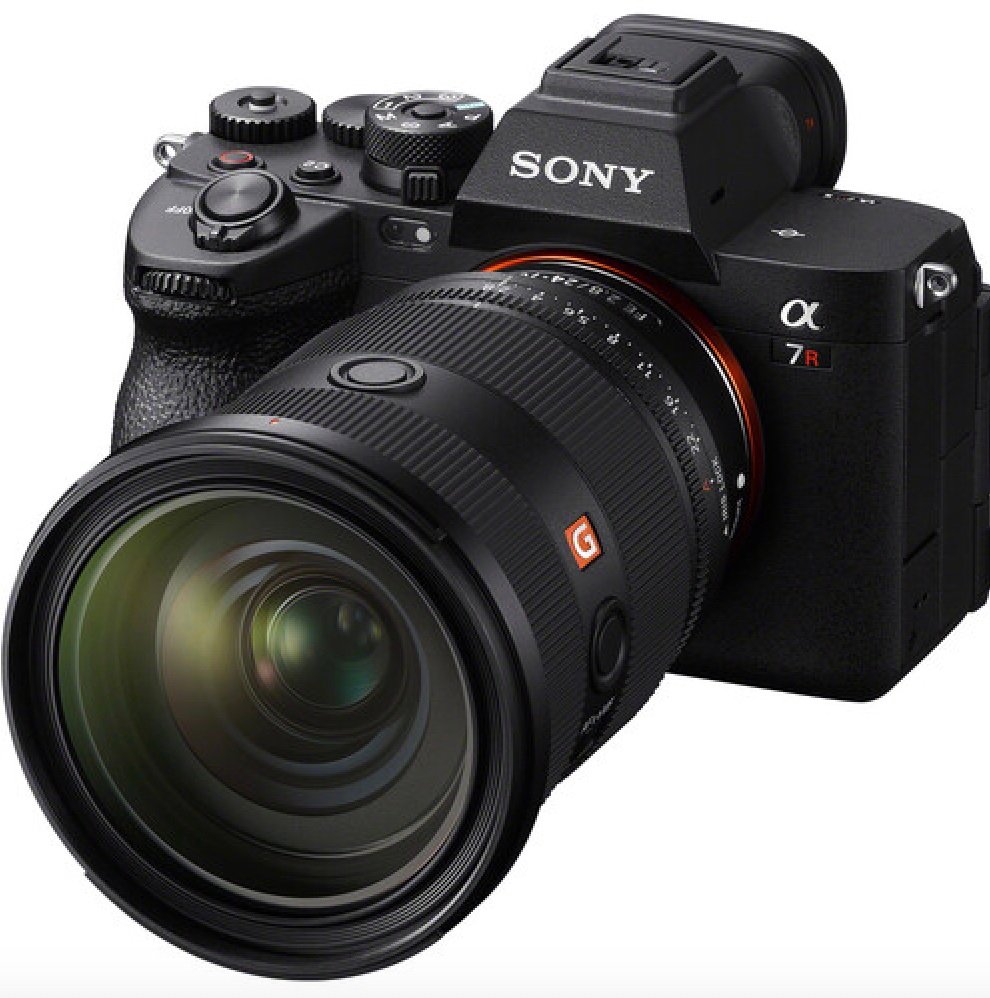
The Nikon Z8 has the same 45.71-megapixel stacked full-frame CMOS sensor as the Z9, with an EXPEED 7 image processor. Despite having slightly fewer pixels than the A7RV, the Z8 excels in dynamic range and color reproduction, especially in burst and video shooting, where the advantage of the stackable sensor makes the picture quality more stable.
In terms of high sensitivity performance, the A7RV’s 61-megapixel sensor theoretically offers increased detail capture, but it also means there may be more noise at high ISO Settings. While the Nikon Z8 is slightly lower in pixels, its sensor and processor optimizations allow for low noise and good detail retention at high ISO values.
The A7RV excels in dynamic range and is able to maintain detail in high-contrast scenes. Although the Z8’s stack sensor is slightly inferior to the A7RV in terms of dynamic range, Nikon’s S-Line lens works very well with the Z8’s sensor in color reproduction, providing accurate and rich color performance.
The Sony A7RV has some advantages in pixel and detail capture, while the Nikon Z8 is better in color reproduction and high ISO performance.
Focusing Performance
The Sony A7RV features a 759 point phase detection autofocus system that covers 93% of the frame, providing a wide range of focus coverage. Combined with Sony’s AI chip, the A7RV excelled at real-time tracking focus and eye focus, especially in portrait shooting.
The Nikon Z8 offers a 493-point autofocus system that covers 90% of the frame and supports real-time tracking and eye focus. The Z8’s focusing system offers significant improvements in subject detection and autofocus performance, especially in dynamic scenarios. The Z8’s focusing system is more advanced and can recognize more subject types, including planes, cars, trains, etc., which means it can better adapt to different shooting scenes.
Both cameras show a high level of performance when it comes to focusing speed and accuracy. The Sony A7RV’s focus speed is fast and accurate, especially in low-light environments, while maintaining stable focus performance. The Nikon Z8 focuses faster in burst mode and is able to lock on and track fast-moving subjects in a very short amount of time, which is especially important in sports photography and wildlife photography.
In terms of user experience, the Sony A7RV’s touchscreen focus and flip screen make it convenient for photographers, especially when shooting at low or high angles. The Nikon Z8’s user interface is intuitive and comfortable to hold, especially for users who shoot for long periods of time. The focus selection of both cameras is very flexible, and you can quickly change the focus or focus area to meet different shooting needs.
Both the Sony A7RV and Nikon Z8 offer some special focusing features, such as Sony’s Eye Autofocus and Nikon’s Animal Eye Focus. These features are very useful in specific shooting scenarios, such as portrait photography and wildlife photography. Sony’s focusing system is more advanced at recognizing human gestures and expressions, while Nikon’s is better at tracking dynamic targets such as birds in flight.
The Sony A7RV’s focus system is better for fast-changing scenes and low-light environments, while the Nikon Z8’s focus system is better for continuous shooting and motion tracking.
Speed of Continuous Shooting
The Sony A7RV is equipped with a 61 megapixel Exmor R CMOS sensor, coupled with a BIONZ XR image processor, providing up to 10 mechanical shutter bursts and 7 electronic shutter bursts. This speed is sufficient for most scenes, but may be limited in extreme sports photography environments. The AI chip of the A7RV enhances the ability to recognize various subjects and human poses, which plays a key role in improving focus accuracy during continuous shooting.
The Nikon Z8 has the same 45.71-megapixel stacked full-frame CMOS sensor as the Z9, with an EXPEED 7 image processor. The Z8 can achieve 20 consecutive shots per second in RAW format at full resolution, and even at reduced resolution, the continuous shooting speed can reach 120 photos per second. This high-speed continuous shooting capability gives the Z8 a significant advantage in capturing fast-moving subjects, especially if long periods of continuous shooting are required.

When taking high-speed continuous shots with an electronic shutter, some cameras can experience the so-called “jelly effect,” which is a distorted image due to the sensor reading speed. The Nikon Z8’s stackable sensor has an advantage in this regard, as it can read data faster, which reduces the occurrence of the jelly effect. Although the Sony A7RV may also experience a jelly effect in some cases, this will not be a significant problem in most routine shooting scenes.
The Nikon Z8 has a clear advantage in continuous shooting speed, especially in the need for long continuous shooting occasions. Although the Sony A7RV is slightly inferior in continuous shooting speed, the high performance of its focusing system ensures the image quality during continuous shooting.
Video
The Sony A7RV supports video recording up to 8K resolution, which is a huge advantage for video creators who need extremely high detail and space for post-production cropping. In addition, the A7RV also offers 4K 60P video shooting capability, which meets the needs of most professional video shooting. However, due to the limitations of the sensor reading speed, the A7RV may experience a jelly effect when using an electronic shutter for video shooting, which can be a problem when shooting fast-moving subjects.
The Nikon Z8 has a relatively comprehensive set of specifications when it comes to video, supporting uncut 8K60p and 4K120p video recording, as well as 12bit N-RAW and ProRes RAW HQ outputs for professional video creators. The Z8’s electronic shutter design helps reduce the jelly effect, especially when shooting with a large aperture lens in bright environments. Nikon won the lawsuit against RED, so it can do in-house RAW recording in a variety of formats, making the Z8 one of the best video cameras to date, and in that regard the Z8 is a winner.
In practice, the Nikon Z8’s stackable sensors and EXPEED 7 processor provide a fast and stable video shooting experience. The Z8’s video continuous focus performance is excellent, and it is able to maintain a stable picture in complex shooting environments. In addition, the Z8’s high-speed data processing capabilities also mean that it is able to handle larger amounts of data during high-quality video recording, reducing buffering and latency.
In terms of user experience, the Sony A7RV’s operating interface and menu system facilitate video shooting, while the Nikon Z8 has been designed with the needs of video creators in mind, providing intuitive controls and quick access to video features. Both cameras have their strengths, but the Nikon Z8’s professionalism and high-performance specs for video shooting make it more attractive in this segment.
The Nikon Z8 has a clear advantage when it comes to video performance, especially for professional users who need high-resolution and high frame rate video. While the Sony A7RV also performs well in video shooting, it falls short in some high-end video features in a direct comparison to the Z8.
Durability and Reliability
The Sony A7RV is a well-designed camera with a solid body that provides good dust and drip resistance. Its magnesium alloy body and reinforced structural design allow the camera to maintain stable performance even in harsh shooting environments. In addition, the shutter life of the A7RV has been tested to achieve a high number of times, which is an important indicator for photographers who need to use the continuous shot function frequently. Sony’s electronic and mechanical components have undergone rigorous quality control to ensure the long-term reliability of the camera. User feedback shows that the A7RV can maintain good performance after a long period of use, which is a testament to the reliability of its design and manufacture.
The Nikon Z8, as the high-end model in the Nikon Z series, also offers excellent durability and reliability. Its body is also made of magnesium alloy and provides sealed protection against dust and water droplets in key parts. Nikon also promises a high standard of shutter life for the Z8, which is equally important for professional photographers. However, the Nikon Z8 has had some quality control issues in the market, such as the shoulder strap ring falling off and the top of the machine loosening, which can affect users’ confidence in the durability of the camera. Despite this, Nikon has recalled and fixed these issues, demonstrating the company’s commitment to product quality and customer satisfaction.
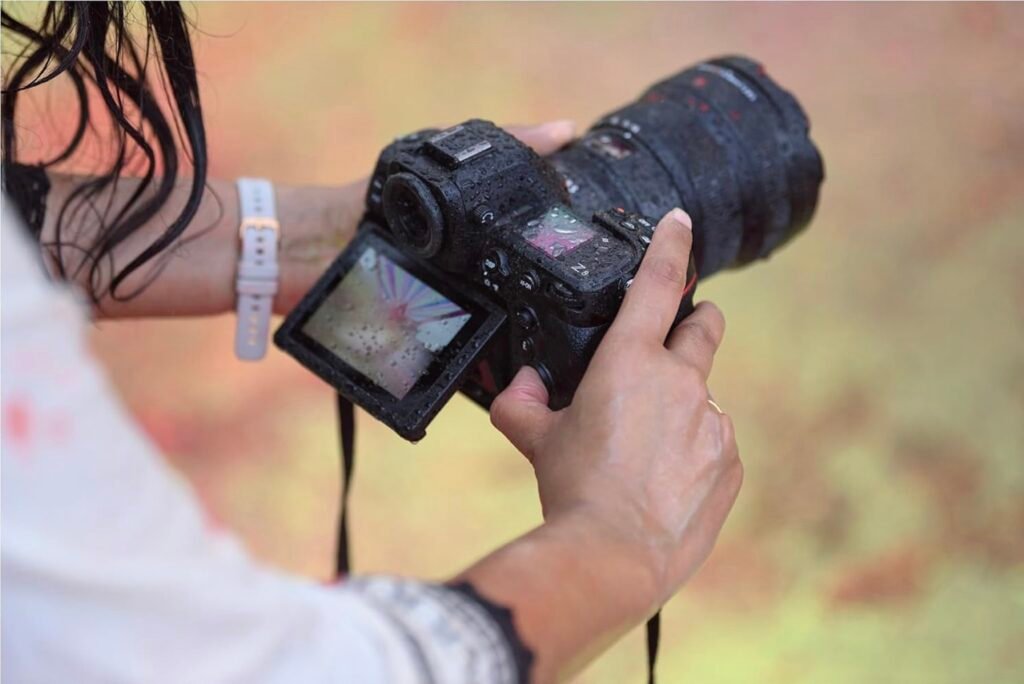
The Sony A7RV and Nikon Z8 are professional-grade cameras in terms of durability and reliability. The Sony A7RV has been well received by users for its rugged body and high shutter life. Although the Nikon Z8 encountered some problems in the early days of the market, it also proved its reliability as a professional camera through timely response and repair.
Portability
The Sony A7RV is designed with a focus on portability, overall small size and light weight (723g), which is suitable for long handheld shooting. The A7RV’s battery life is good in its class, which is important to reduce the frequency of battery replacement when out shooting. Sony’s E bayonet lens group is very rich and offers a variety of lightweight lens options, which further enhances the portability of the A7RV.
While maintaining high performance, the Nikon Z8 has been reduced in size and is easy to carry. However, its weight plus the battery and lens is still heavy (810g), which may have a certain impact on long-term hand-held shooting. Although Nikon’s Z bayoness lenses are less diverse, each lens strives to achieve a high standard in optical performance, which also affects the overall portability to a certain extent.
Which Is Better For You
In practical applications, photographers should choose the right camera according to their shooting style and scene needs, Anzgoo provides the following advice:
- For video creators, the Nikon Z8 may be a more suitable choice, especially considering the future development of video technology and creative needs. For those who are more focused on still image quality and photography, the Sony A7RV is still a very powerful option.
- If you need to quickly capture a moment in a changing environment, or shoot in low light, the Sony A7RV may be a better choice. For photographers who need to capture high-speed moving objects such as sporting events and wildlife, the Nikon Z8 may be a better fit.
- For those photographers who need to capture fast-moving subjects, the Nikon Z8 may be the better choice. For photographers who are more focused on quality and detail, the Sony A7RV offers high resolution and an excellent focusing system.

